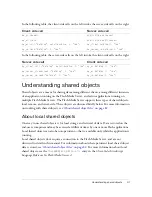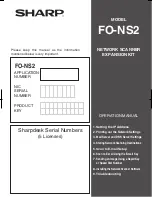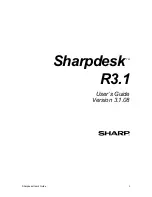
38
Using Media Classes
Camera class
The client-side Camera class lets you capture video from a video camera
attached to any computer running Macromedia Flash Player. When used with Flash Media
Server, this class lets you transmit, display, and optionally record the video being captured.
With these capabilities, you can develop media applications such as videoconferencing,
instant messaging with video, and so on.
Microphone class
The client-side Microphone class lets you capture audio from a
microphone attached to any computer running Flash Player. When used with Flash Media
Server, this class lets you transmit, play, and optionally record the audio being captured. With
these capabilities, you can develop media applications such as instant messaging with audio,
record presentations so others can replay them at a later date, and so on.
You can also use a Microphone object without a server—for example, to transmit sound from
your microphone through the speakers on your local system.
NetConnection class
The client-side NetConnection class allows the Flash client to open a
TCP socket on Flash Media Server for continuous exchange of data using the Real-Time
Messaging Protocol (RTMP). You can also use the NetConnection class to connect to an
application server but this chapter focuses on using the NetConnection class to communicate
with Flash Media Server.
NetStream class
The client-side NetStream class opens a one-way streaming connection
between Flash Player and Flash Media Server through a connection made available by a client-
side NetConnection object. A NetStream object is like a channel inside a NetConnection; this
channel can either publish audio, video, and data, using the
NetStream.publish()
method,
or subscribe to a stream and receive data, using the
NetStream.play()
method. You can
publish or play live (real-time) data and play previously recorded data. Multiple clients can
play a given stream, but a stream can have only one publisher at a time. For information about
the creation and storage of recorded streams on the server, see
“Coding conventions”
on page 101
.
SharedObject class
Client-side local shared objects let you store information on a user’s
computer, such as the high score in a game, that can be used later by the same application or
by a different application running on that computer. For more information about local shared
objects, see
“Understanding shared objects” on page 41
.
Video class
The client-side Video class lets you display streaming video on the Stage. To
display a video feed being played or captured through the use of a
NetStream.play()
or
Camera.get()
command, place a Video object on the Stage and use the
Video.attachVideo()
method to attach the feed to the object.
Summary of Contents for FLASH MEDIA SERVER 2-DEVELOPING MEDIA
Page 1: ...Developing Media Applications ...
Page 6: ...6 ...
Page 10: ...10 About This Manual ...
Page 36: ...36 Flash Media Server Architecture ...
Page 80: ...80 Debugging and Monitoring Applications ...
Page 106: ...106 Application Development Tips and Tricks ...
Page 114: ...114 ...
















































